
Many people suffering from acute groin pain have been diagnosed with groin pull. Simplified, these patients have injury (strain) of the inner thigh muscles, known as “adductor muscles”. They consist of 6 muscles and they are responsible for pulling the legs together and for helping movements of the hip.
Frequency of Groin Pull
Groin pull is very frequent injury in football, ice hockey and soccer players, swimmers and sprinters. Strain muscle is actually too stretched, beyond the normal limits and that is what happens when the injury is mild. Severe muscle strains are known to lead to tearing of the muscle fiber or even complete muscles. The strength of the muscles, conditioning before the season and some previous injuries are factors which may decrease the risk of groin muscle injuries.
Groin Pull Symptoms
Groin pull pain may be very severe, but this depends on the seriousness of the strain. Grade I injuries usually cause just some discomfort. Patients are not limited in any activities and show no signs of disability. Grade II groin pull is more discomforting for the patient and he or she can’t jump or run with this injury. Frequently, there are some swelling and bruising on the spot of the injury. The most serious groin pulls are grade III. Patients feel the pain while walking and also experience significant bruising, swelling and muscle spasms.
Serious groin pulls should be treated medically and you should visit the doctor if walking poses the problem or the pain is present while resting or sitting. Pain at night must also be properly checked, in order to avoid rare complications like muscle rupture.
Treatment for Groin Pull Pain
Proper rest is important for anyone with groin pull injury. Activities which don’t worsen your current condition are allowed during the recovery, but check with your doctor what you can and you shouldn’t do. Avoid any activity that cause pain or any other symptoms.
Gentle and non-painful stretching is also considered to be beneficial for the treatment of groin pull. There are also some exercises known as abductor stretches.
Apply some ice to the groin pull during first day or two after the injury, for this could decrease inflammation and stimulate blood flow. Doctors may recommend some anti-inflammatory drugs for this purpose, such as Aleve, Motrin or Ibuprofen.
Before starting any stretching or exercising, apply some heat to loosen the muscles. After the exercise, use some ice.
Physical therapy such as ultrasound, massages or specific exercises may positively affect the recovery process and speed it up significantly.



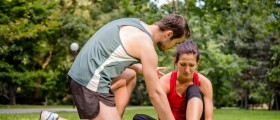
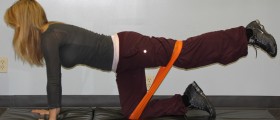


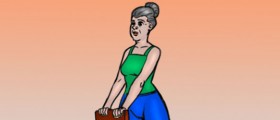


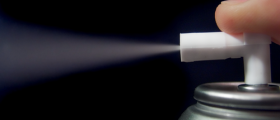
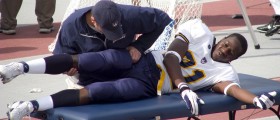
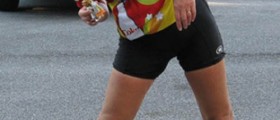
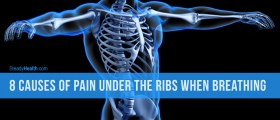

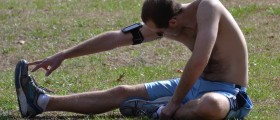

Your thoughts on this
Loading...